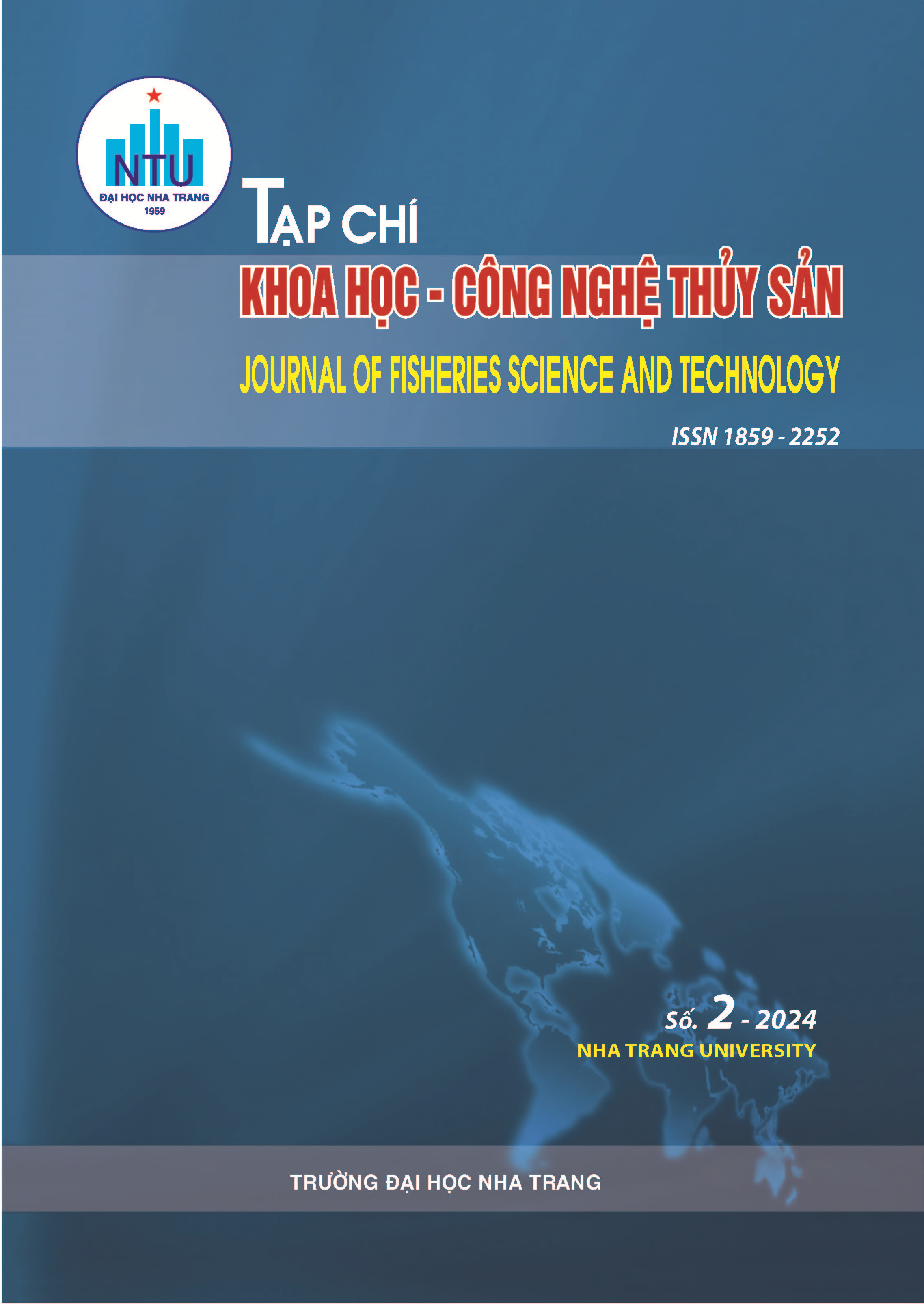##plugins.themes.huaf_theme.article.main##
Abstract
This study investigates the characteristics of the viscous fluid flow field passing through the hull of a Vietnamese fishing vessel considering the influence of the propeller and rudder using the CFD (Computaional Fluid Dynamics) simulation method. The simulation method uses a combination of two main tools, OrCA3D Marine CFD and Simerics, for the task of creating geometric models, mesh, boundary conditions, simulation environment, and solving the RANS (Reynolds Averages Naviers Stokes) equations system. There are two main results of this study. The first, using combination with the new software toolkit, OrCA3D and Simerics, helps proactively control input information for the simulated ship such as water displacement, trim, speed, flow characterictics around the ship's hull; its save about 70% of the time spent creating mesh around the propeller and setting parameters compared to using other general CFD software such as StarCMM++, Ansys CFD, Open FOAM. The second, at the ship's operating speed of 10 knots, the resistance force through the ship's hull when introducing propellers and rudder corresponding to the three load cases at the draft d = 1.848, 153 and 1.323 increase 13.95%, 9.5% and 7.53% respectively, compared to the case of fluid flow through barehull. The velocity and pressure distribution in the stern is clearly different when flow past the hull with a propeller and a rudder. Specifically, in the vector velocity distribution, the vortex size at the ship's stern tends to be smaller due to the impact of the propeller.
Keywords: Veloicty distribution, pressure distribution, viscous fuid flow, Computation Fluid Dynamics

